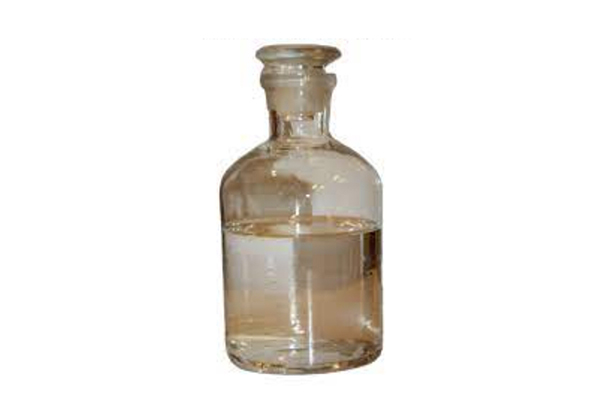What Are the Three Types of Acetone?
Acetone is a widely used solvent and chemical compound with various industrial, medical, and laboratory applications. It is a colorless, volatile, and flammable liquid with a characteristic sharp odor. Acetone is best known for its use in nail polish removers, paint thinners, and industrial cleaning agents, but it also plays a crucial role in pharmaceuticals, plastics manufacturing, and laboratory research.
Although acetone is often considered a single chemical compound (C₃H₆O), it can be classified into three main types based on its purity, source, and intended use. These are:
-
Commercial-Grade Acetone
-
Laboratory-Grade Acetone
-
Pharmaceutical-Grade Acetone
Each type has different properties, uses, and purity levels. Let’s explore these three types in detail.
1. Commercial-Grade Acetone
What Is It?
Commercial-grade acetone, also known as technical or industrial acetone, is commonly used in manufacturing and industrial applications. It has a lower purity level (usually 90-99%) and may contain impurities or additives that are acceptable for non-sensitive applications.
Common Uses:
Paint and Coating Industry – Used as a paint thinner and solvent for dissolving resins, varnishes, and adhesives.
Plastics and Synthetic Fiber Manufacturing – Helps in the production of polycarbonate and acrylic plastics.
Degreasing and Cleaning – Removes oil, grease, and contaminants from machinery and tools.
Cosmetic Industry – Found in nail polish removers and some cosmetic formulations.
Characteristics:
Impurities present – May contain small amounts of water or other chemicals.
Less expensive – Cost-effective for industrial use.
Not suitable for medical or laboratory use due to potential contaminants.

2. Laboratory-Grade Acetone
What Is It?
Laboratory-grade acetone, often labeled as ACS-grade or reagent-grade acetone, is a high-purity form of acetone used for scientific research and analytical purposes. It has a purity level of 99.5% or higher, ensuring it is free from contaminants that could affect chemical reactions or laboratory procedures.
Common Uses:
Chemical Research and Synthesis – Used as a solvent in organic chemistry for dissolving compounds.
Chromatography and Spectroscopy – Help in sample preparation and cleaning of instruments.
DNA and RNA Extraction – Aids in biochemical and molecular biology experiments.
Medical Laboratories – Used for disinfecting and cleaning lab equipment.
Characteristics:
Extremely pure – Meets strict laboratory and scientific standards.
Higher cost – More expensive than commercial-grade acetone.
Carefully controlled production to avoid contamination.
3. Pharmaceutical-Grade Acetone
What Is It?
Pharmaceutical-grade acetone, also known as USP-grade or food-grade acetone, is the highest-purity acetone used in medical, pharmaceutical, and cosmetic applications. It meets the United States Pharmacopeia (USP) or European Pharmacopoeia (EP) standards, ensuring it is safe for human contact and ingestion in regulated amounts.
Common Uses:
Pharmaceutical Production – Used in medicines, antiseptics, and drug formulations.
Cosmetic and Personal Care Products – Found in skin treatments, hair care, and fragrances.
Food Industry – Used in some food processing techniques and flavor extractions.
Medical Applications – Used in disinfectants and sterilization solutions.
Characteristics:
Extremely high purity – Meets strict safety and health regulations.
Safe for medical and pharmaceutical use.
More expensive due to additional processing and certification requirements.
Key Differences Between the Three Types of Acetone
| Type | Purity Level | Common Uses | Cost |
|---|---|---|---|
| Commercial-Grade Acetone | 90-99% | Paints, plastics, industrial cleaning | Low |
| Laboratory-Grade Acetone | 99.5%+ | Research, chromatography, chemical synthesis | Medium to High |
| Pharmaceutical-Grade Acetone | 99.9%+ | Medicine, cosmetics, food processing | High |
Conclusion
Although acetone is often thought of as a single chemical, it comes in three main types based on purity and intended use:
Commercial-grade acetone is suitable for industrial and manufacturing applications but may contain impurities.
Laboratory-grade acetone is a high-purity solvent used for scientific research and chemical analysis.
Pharmaceutical-grade acetone is the purest form, used in medicine, cosmetics, and food applications.
Choosing the right type of acetone depends on your specific needs—whether for industrial, scientific, or medical purposes. Always ensure you select the appropriate grade for safety and efficiency.





